Roof Materials: Get an Old-World Look With Clay Roof Tiles
http://decor-ideas.org 08/09/2015 23:13 Decor Ideas
Authentic clay roof tiles are not cheap, but as with most things in life, you get what you pay for. Sure, concrete roof tiles provide a similar look for less money, but pigmented cement mixtures lose their color over time. Plus, concrete is the stuff used on sidewalks and curbs diverting your storm water. Where’s the romance in that?
Authentic clay tile is the historical roof material of choice, dating back to ancient times, and it comes in various soft and rich, earthy colors. It’s a look that pigmented concrete cannot faithfully replicate. Rather than fading with time, clay tiles patinate, blossoming splendidly, and for some architectural styles, clay roofs are the ideal option if you can swing the cost.
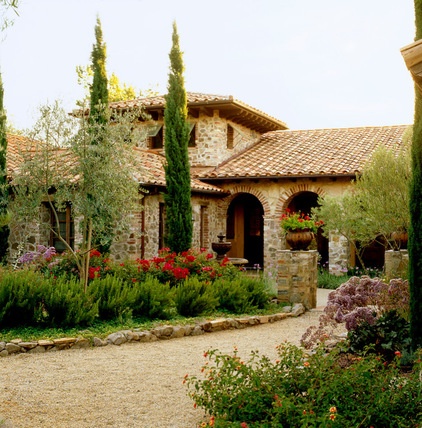
The Material
Clay is a natural material first used on roofs in China, historians say, where clay tile roofs were installed during the Neolithic period, about 12,000 years ago.
The fire-retardant nature of clay, unlike the cheaper, thatched roofs of the time, was certainly a critical reason for its early, widespread adoption. Ancient Egyptians, Greeks and Romans all used clay roof tiles.
The manufacturing process today is similar to that for concrete roof tiles. Tiles are extruded (molded) before being coated, except clay tiles are then fired at much hotter temperatures than concrete tiles. The resulting tiles are less porous and more colorfast than concrete alternatives.
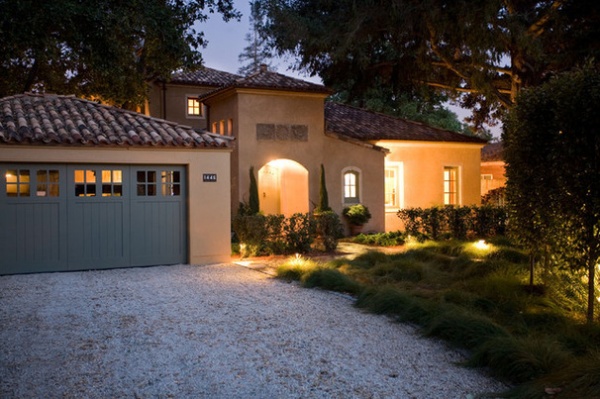
Cost
Clay tiles are a premium roof material. Although the production and installation process is similar to that for concrete tiles, authentic clay tiles typically cost 50 percent more than the concrete alternative.
Clay tile is usually installed in the range of $1,400 to $2,000 per roofer’s square, making it one of the most expensive roof material options available. Since a roofer’s square equals 100 square feet of roofing, clay roof tiles installed on a 2,000-square-foot roof would likely cost $28,000 to $40,000.
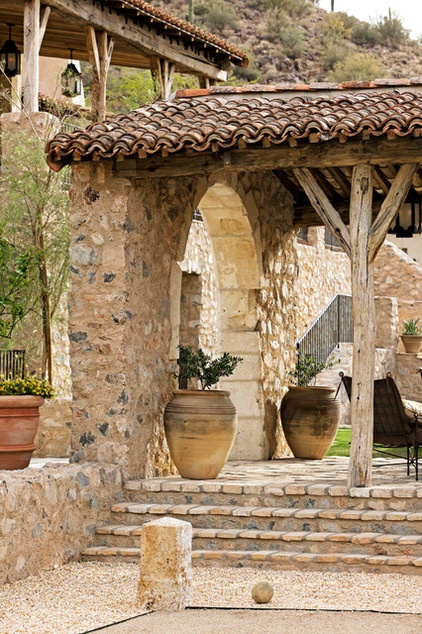
Options
Clay tiles can be flat or semicylindrical, matching every old-world style you can imagine, and come in various natural clay colors that can also be augmented with kiln-fired coatings. The most prevalent clay colors are reddish and brown, but there are natural clay colors available in lighter beige and darker gray tones.
Historically, tiles were stacked in a waterfall manner using concrete mortar to hold them in place, but today metal fasteners and horizontal battens are commonly used. In some cases, installation techniques such as mortar boosting replicate the charm of old-world architecture. In this process, as seen in the result here, a percentage of tiles are layered, one on top of the other, with visible mortar between, replicating the aged differentiation found on historic structures.
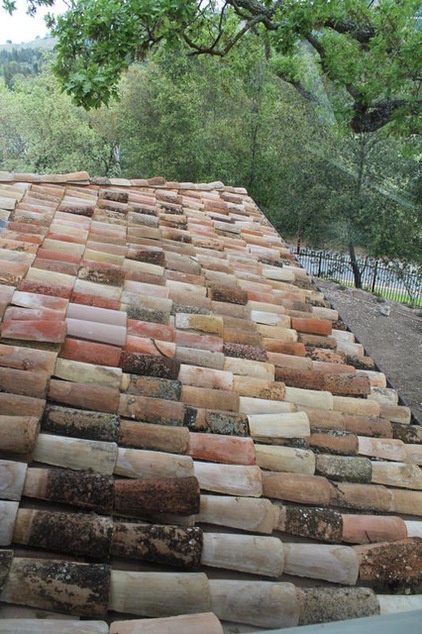
Here you can see the gorgeous varied colors of reclaimed European clay tiles on a roof in Alamo, California. Time is not necessarily an enemy to authentic clay.
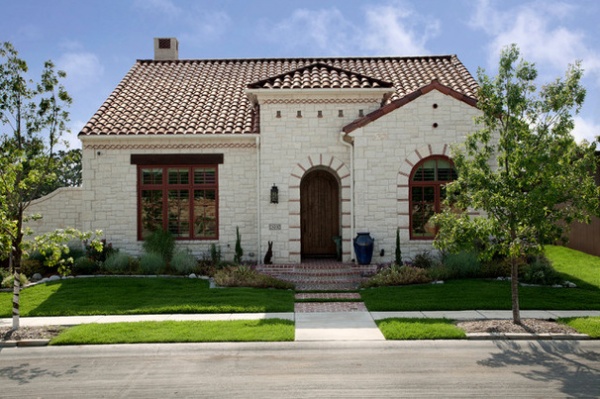
Pros
Appearance. Clay tiles capture the romance of old-world architecture and maintain their natural color, even aesthetically improving as they patinate over time. Long life. Clay tiles can last for generations, though their underlayment will need to be replaced in a single generation.Very low-maintenance. Clay tiles are even more resistant to staining and decay than concrete tiles, because they absorb less water. Fireproof.
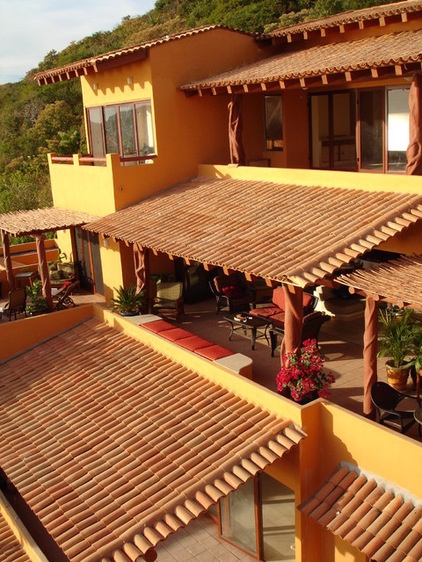
Cons
Cost. Cost. Cost. Clay tile is a premium roofing material. Concrete roof tiles provide a similar look for 65 percent of the cost of clay tile.Fragile. Though clay tile can be durable, it does crack easily when walked on. This cracking can also make clay tile a poor choice in extremely cold climates — it does not handle freeze-thaw cycles as well as other roofing types.
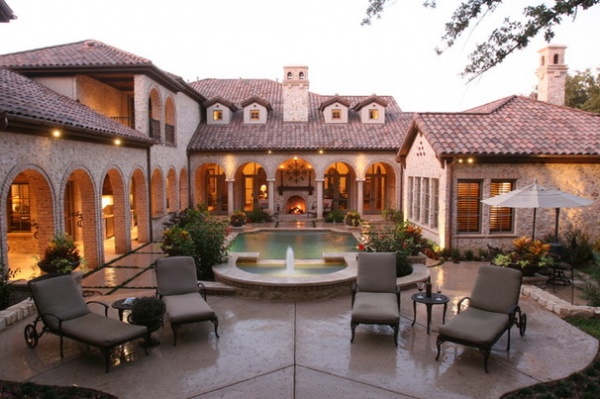
Romance
It might be hard to justify the cost of a clay roof based on performance, but there is no denying its appeal. These roofs age wonderfully, providing the same reliable integrity that ancient civilizations valued when the material’s popularity spread across the globe.
It’s the authentic roof type of Italian, Mediterranean and Spanish architectural styles, among others, and clay can be molded into various shapes, conforming to the specific design criteria of each home style it complements.
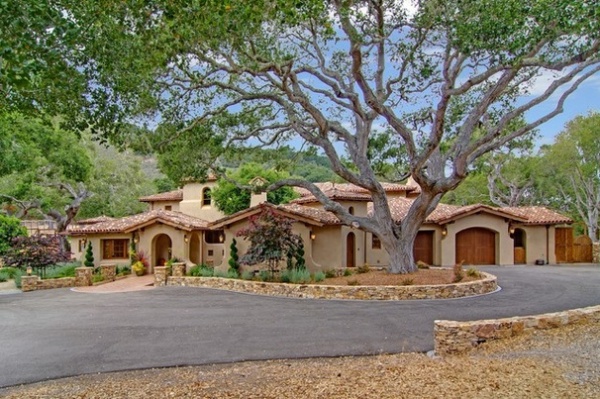
Up next. We will cover alternative roofing materials, including rubber, plastic and copper, as well as living roofs. We’ll also discuss incorporating solar panels and mixing roofing materials for aesthetic effect.
See more roof material options: Slate | Metal | Asphalt | Concrete | Wooden Shingles and Shakes
Related Articles Recommended












